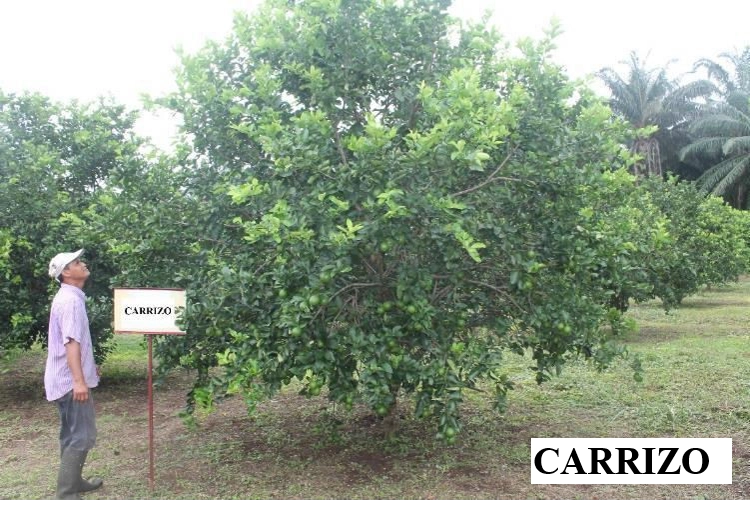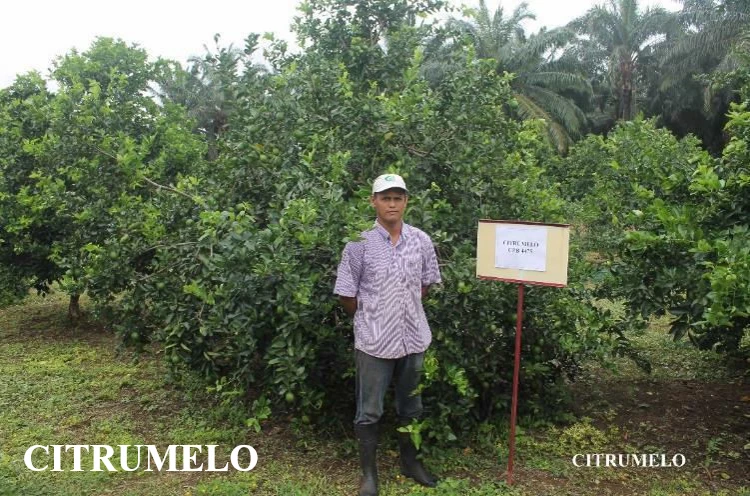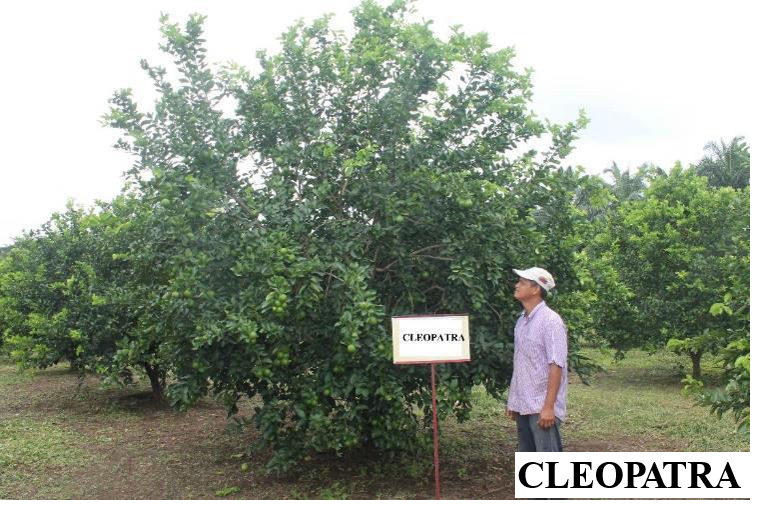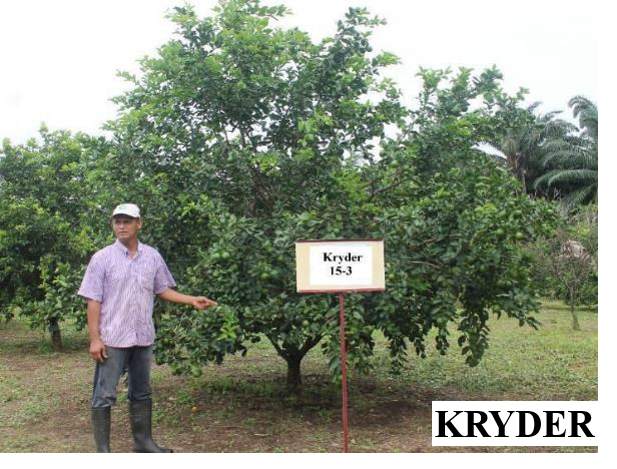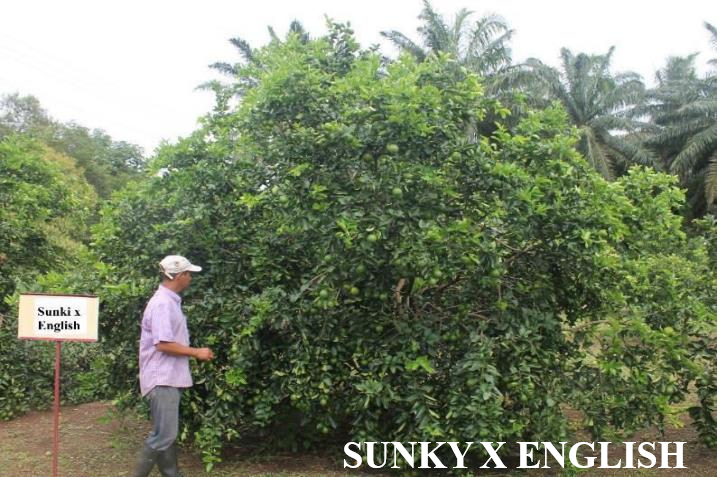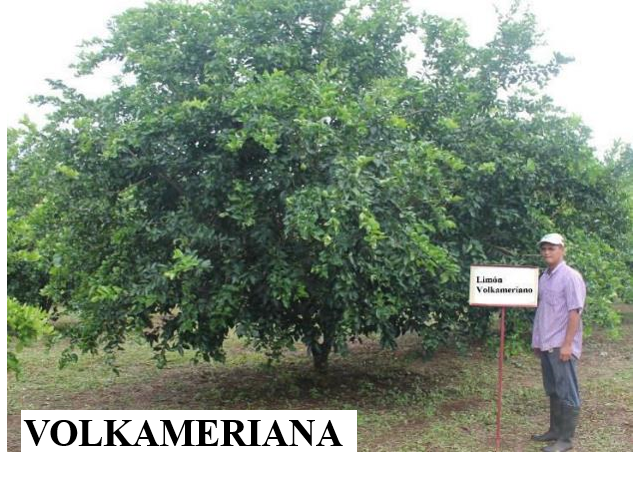Recommendations for using Tahiti acid lime patterns
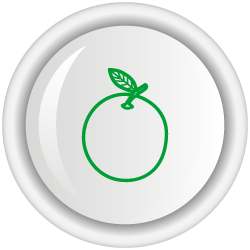
- Thematic area:
- Integrated management of the production system
- Publication date:
- 2018
- Productive system:
- Citrus
- Geographic coverage:
-
Andean, Caribbean, Orinoco, and Amazon regions
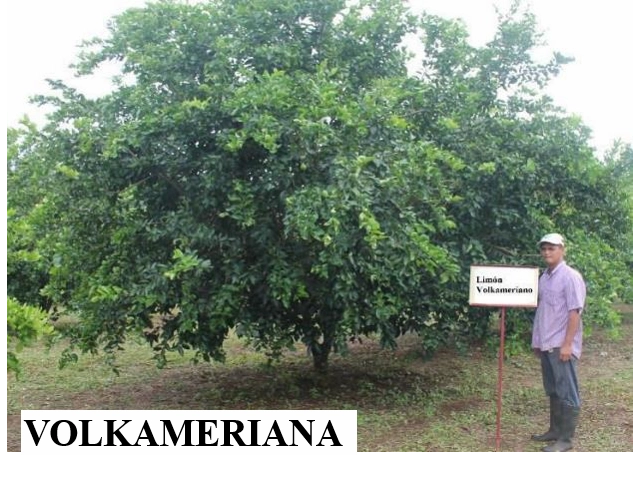
Description
Three (3) rootstocks are recommended to produce acid Tahiti lime in different regions of Colombia. These rootstocks differ from those commonly used by producers since they transmit to the acid Tahiti lime an improvement in its external fruit characteristics for national or export markets. Also, their use is recommended for the main producing regions of acid Tahiti lime in Colombia. The rootstocks must be produced in nurseries registered with ICA and must be grafted with certified buds of acid Tahiti lime.
The Citrumelo CPB 44-75, Carrizo, and Kryder 15-3 rootstocks provide comparative advantages over the acid Tahiti lime in production and in its response to limiting diseases, the external color of the fruit, and percentage of fruit with export and domestic market quality. These three rootstocks complement the Volkameriana. In the regions with higher altitudes and less accumulation of heat units, such as Lebrija (Santander) and Palmira (Valle del Cauca), these three patterns induce the production of fruits of outstanding quality, with a high percentage of fruit for the export market; in the other locations, production for these markets could be improved by optimizing management practices, especially mineral nutrition, and pruning. In regions with lower radiation, the Kryder 15-3 pattern, having a less dense crown, allows the harvest of greener fruits with less shade.
With reference to the productivity obtained during the evaluation of the three patterns with the best performance in the research centers, it was found:
- Palmira – Valle del Cauca (CPB 4475 con 362,5 kg; Carrizo con 435,29 kg; Kryder 15-3 con 413,07 kg y Volkameriano con 410,13 kg).
- Espinal - Tolima (CPB 44-75 con 674,2 kg; Carrizo 505,25 kg; Kryder 15-3 con 642,94 kg y Volkameriano con 559,13 kg).
- Puerto Lopez – Meta (CPB 4475 con 242,11 kg; Carrizo con 267,94 kg; Kryder 15-3 con 226,14 kg y Volkameriano con 220,79 kg).
- Lebrija – Santander (CPB 4475 con 291,58 kg; Carrizo con 268,68 kg; Kryder 15-3 con 322,08 kg y Volkameriano con 340,2 kg).
- Zona Bananera – Magdalena (CPB 44-75 con 215,43 kg; Carrizo 195,85 kg; Kryder 15-3 con 163,27 kg y Volkameriano 155,14kg).
This Technological Offer is recommended for the departments of Tolima, Meta, Santander, Magdalena, Valle del Cauca, Huila, Caldas, Quindio, Cundinamarca, Risaralda, Antioquia, Atlántico, Bolívar and Caquetá.
Related publications
- Passbook: Patrones para cítricos en los Llanos Orientales de Colombia.
- Passbook: Prácticas de manejo sostenible para el cultivo de cítricos.
- Productive model: Patrones para lima ácida Tahití. En Modelo productivo de lima ácida Tahití (Citrus × latifolia Tanaka ex Q. Jiménez) para Colombia.
- Scientific article: Determinación de condiciones controladas de almacenamiento seguro para semillas de portainjertos de lima ácida Tahití.
- Scientific article: Características climáticas y balance hídrico de la lima ácida Tahití (Citrus latifolia Tanaka) en cinco localidades productoras de Colombia.
- Scientific article: Influencia del virus de la tristeza de los cítricos (CTV) en el comportamiento de la lima ácida Tahití (Citrus latifolia Tanaka) injertada sobre seis patrones en el piedemonte llanero de Colombia (1997 – 2008) Tanaka).
- Scientific article: Caracterización físico-química en poscosecha de diferentes materiales de lima ácida Tahití (Citrus latifolia Tanaka) para exportación.
Image gallery
